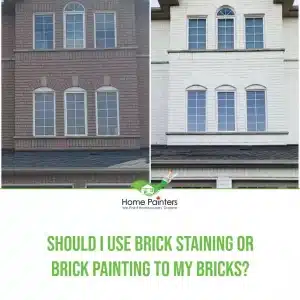
Concrete is a great foundation tool, and as such, most basements or exterior walls tend to have a concrete wall or a brick wall. The only problem with this is:
What is the Best Paint For Concrete Block Walls?
Outside walls need to be beautifIed since it’s what people will see first when they visit your home. But as time goes by, painted walls get old and dull so it needs to be repainted. There are a lot of great outdoor concrete wall paint ideas.
Painting concrete block walls outside can get very exciting since you get to experience the ambiance the outside environment gives.
Masonry paint (also called elastomeric paint or elastomeric wall coating) is a good choice for concrete painting because it contains binders that contract and expand with the concrete.
Any high-quality paint can be applied over Block Fill primer, but certain types perform better over time. The absolute best for exterior use is Elastomeric paint. This finish can outlast normal paint 2—1. The next best choice is 100% Acrylic semi-gloss or satin sheen paint. Interior surfaces can receive any sheen to match your décor.
Acrylic paints will outlast standard oil base finishes when used on the exterior.
Best Paint for Brick Exterior
When it comes to the best paint for exterior brick walls, our experts would recommend Emperor Masonry Paint. It contains the latest nano-technology that creates a super hydrophobic coating on masonry. Which allows it to completely repel water while remaining completely breathable. You get to see the real difference in painting exterior brick before and after.
Can I Paint Directly On the Concrete Wall?
It is possible to paint directly on concrete, however, it’s not recommended. The key here is to use a primer that will bond with the concrete and provide a solid base for your topcoat. If you don’t use a primer or if you apply only one coat of paint instead of two or three coats, your walls will look streaky and uneven when they dry.
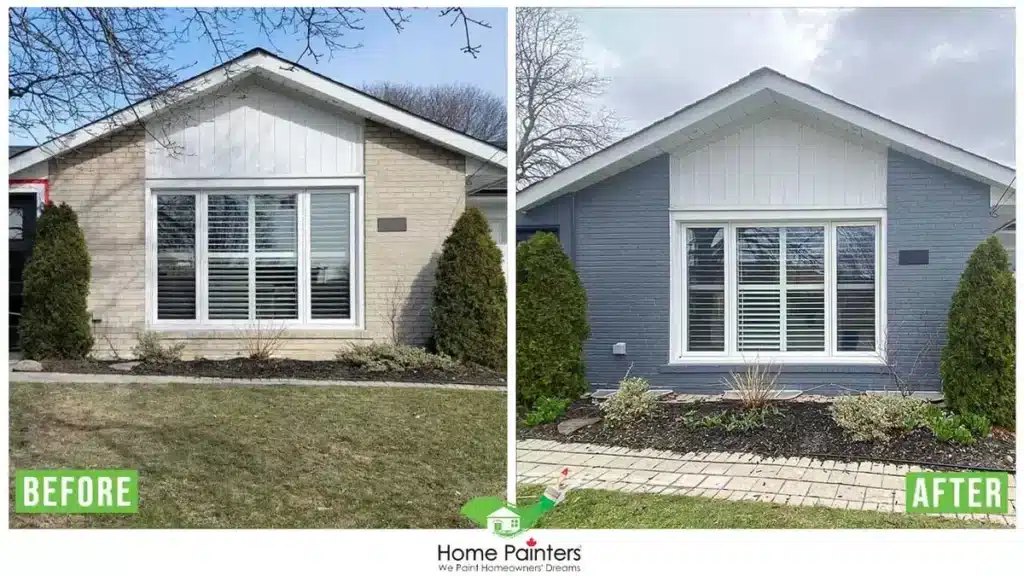
Painting Concrete Block Interior Walls
Concrete block contains a lot of air, which makes them very porous. This means that paint can penetrate into the walls and make them look streaky and uneven. To prevent this from happening, it’s important to do so correctly. Here’s what you need to know on how to paint bricks and concrete walls.
Steps on painting concrete block interior walls;
Step 1: Prep the Walls
Remove dirt, dust, and any loose paint on your cinder block walls by wiping them down with a clean, damp towel. Spray the walls with multipurpose surface cleaner if they’re really dirty.
Use a rubber or metal paint scraper to remove flaking paint (if there is any). Flaked or chipped paint can be a sign of moisture seeping through the cinder block.
Step 2: Apply Sealant
Cinder blocks are permeable to water and water vapor. When moisture seeps through the wall, it will cause paint to chip and flake off. That’s why applying sealant is key to a successful cinder block paint job.
Apply the clear, thin liquid with a clean paint roller or a paintbrush and allow it to dry according to the manufacturer’s instructions. Which are typically printed on the back of the product.
Step 3: Prime the Cinder Blocks
Primer will fill the holes in the porous cinder blocks, helping the paint adhere to the surface and resulting in an even coat. For best results, choose a primer that’s approved for indoor concrete or masonry use. Acrylic block fill primer is ideal.
Step 4: Paint the Cinder Block Walls
Once the cinder blocks have been sealed and primed, you can use virtually any type of interior wall paint.) — there’s no need to hunt for specialty paint. Use a clean paint roller to apply two or more thin. Even coats until the desired colour is achieved, letting the paint dry between coats.
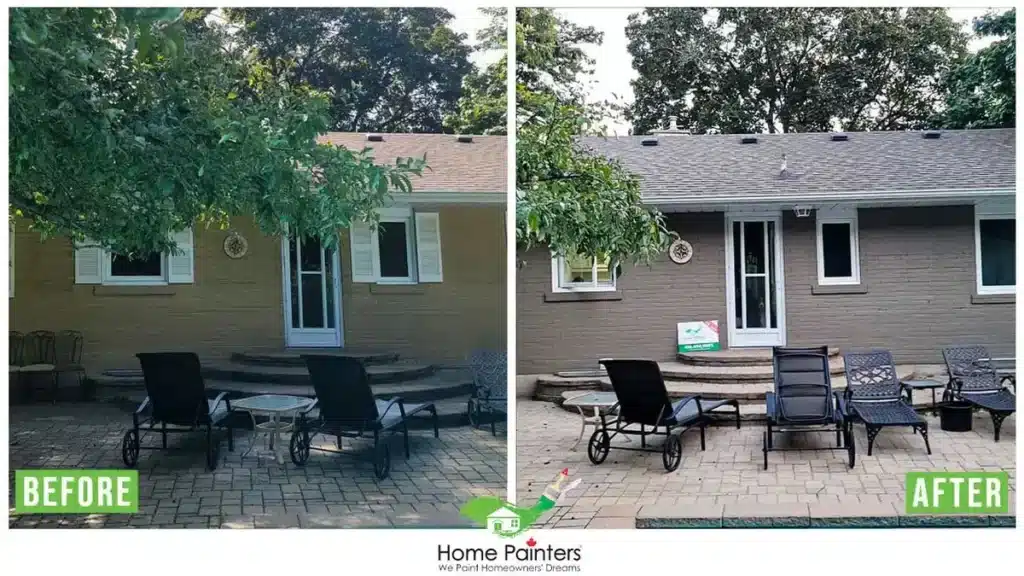
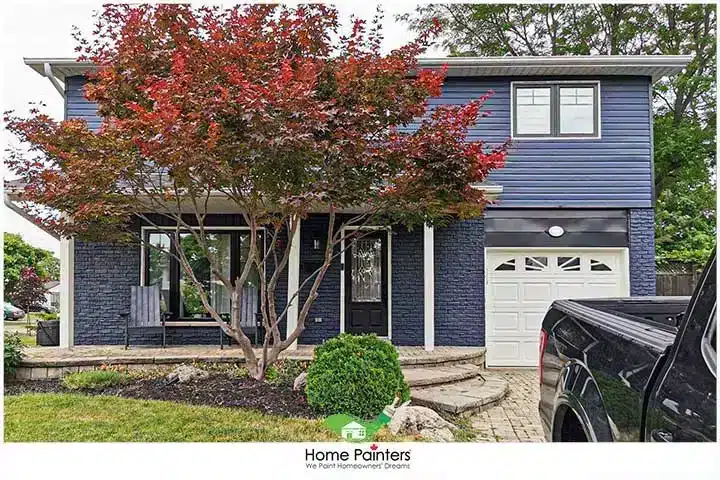
Painting Exterior Brick Walls
1. Preparation
If you do not ensure the surface is ready to paint, the paint will struggle to adhere. Start by checking that the brick has no cracks or holes in it, as these must be filled to create a smooth surface to be painted. Firstly, all rubble must be removed from the crack or hole as this will prevent the filler from adhering. Using an exterior filler such as Toupret Touprelith F Masonry Repair Filler, fill all holes or cracks using a filling knife. Work the filler up and down in straight lines until the hole is slightly overfilled to allow for any shrinkage. Once this has been done, you can then sand the filler down to create a completely smooth surface.
Once the surface is completely sound, it must then be cleaned before you can paint it. Using a stiff brush, wipe down the brickwork to remove any large parts or dirt and dust.
Once this has been done, apply a masonry cleaner such as an antifungal cleaner to kill any green growth or fungus that can grow and cause the paint to fail. Simply brush the cleaner on and leave it for a few hours to dry. You do not have to wash this off as any residue left will be covered with the paint.
Put dust sheets down and mask around the surface you are painting using masking tape to ensure the nearest possible results. If you are painting an exterior wall, wrapping newspaper around gutters and downpipes can save you time.
2. Priming
Primer comes in a thin, milky liquid that can be very easily applied using a paint brush or roller. It is crucial at this point to ensure you are using the correct tools for the job. When painting a rough exterior surface like a brick wall, you are much better off using a long-pile roller. Long-pile rollers have long fibers on the roller sleeve that allow more paint to be picked up at once. And apply that paint more effectively on rough surfaces as it can reach all of the nooks and crannies. A masonry brush can also help to better apply paint, although you can use any synthetic paint brush that you are comfortable with.
3. Painting
It’s important that you ensure you are not painting in conditions below 5°C as this will impact the ability for the masonry paint to dry. This is because most masonry paints are water-based, meaning the water struggles to evaporate to dry the paint when in cooler temperatures. If you are planning to paint in cooler conditions, it is possible to use an oil-based masonry paint like pliolite. Although this is not recommended for the average DIY’er.
Beginning at the top of the wall, work around the edges using your paint brush, followed by the roller to paint the rest of the surface. The first coat of paint should be thinner than your second coat as the aim is to provide a solid base for the topcoat to be applied to. Rather than achieve strong opacity.
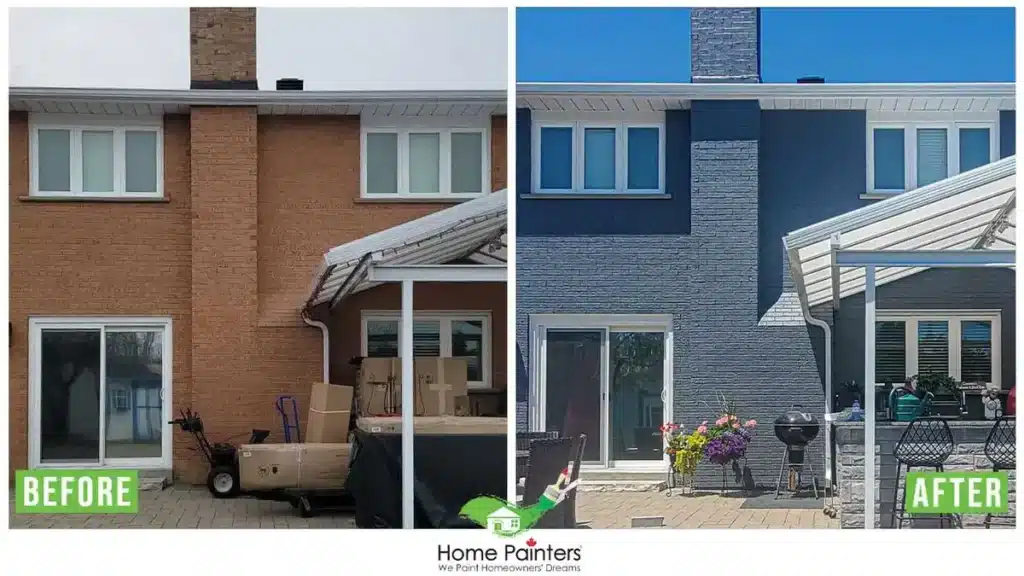
When the full area is painted, leave to completely dry before applying the second coat.
Once dry, apply your second coat slightly thicker than your first coat. Most good masonry paints are two coat systems, so you should try to apply this coat as evenly as possible to achieve your final finish. If you are using a cheap masonry paint, it may require a third coat, which you can apply once the second is dry.
How to Paint Concrete Wall with Existing Paint
If you have existing paint on your concrete wall, then the process will be slightly different.
- Firstly, ensure that all existing paint has been removed to allow for good adhesion of your new masonry paint. This is a vital step as it will prevent any problems with peeling or cracking later on down the line.
- If the existing paint is water-soluble, then you can wash it off with a hose.
- If it’s not, then you will need to use a power washer or sandblaster (which can be expensive).
- After this process is complete and your wall is clean and ready for painting, then follow the steps below.
STEP 1: Cleaning the Wall for Painting
You need to clean the wall of all dirt and dust before even thinking about painting over brick walls.
When your old brick wall is outdoors (an Exterior brick wall), clean it with a hose or power washer if it’s really bad.
If indoors (Indoor Brick Walls or a brick fireplace), simply clean with soap and a scrub brush.
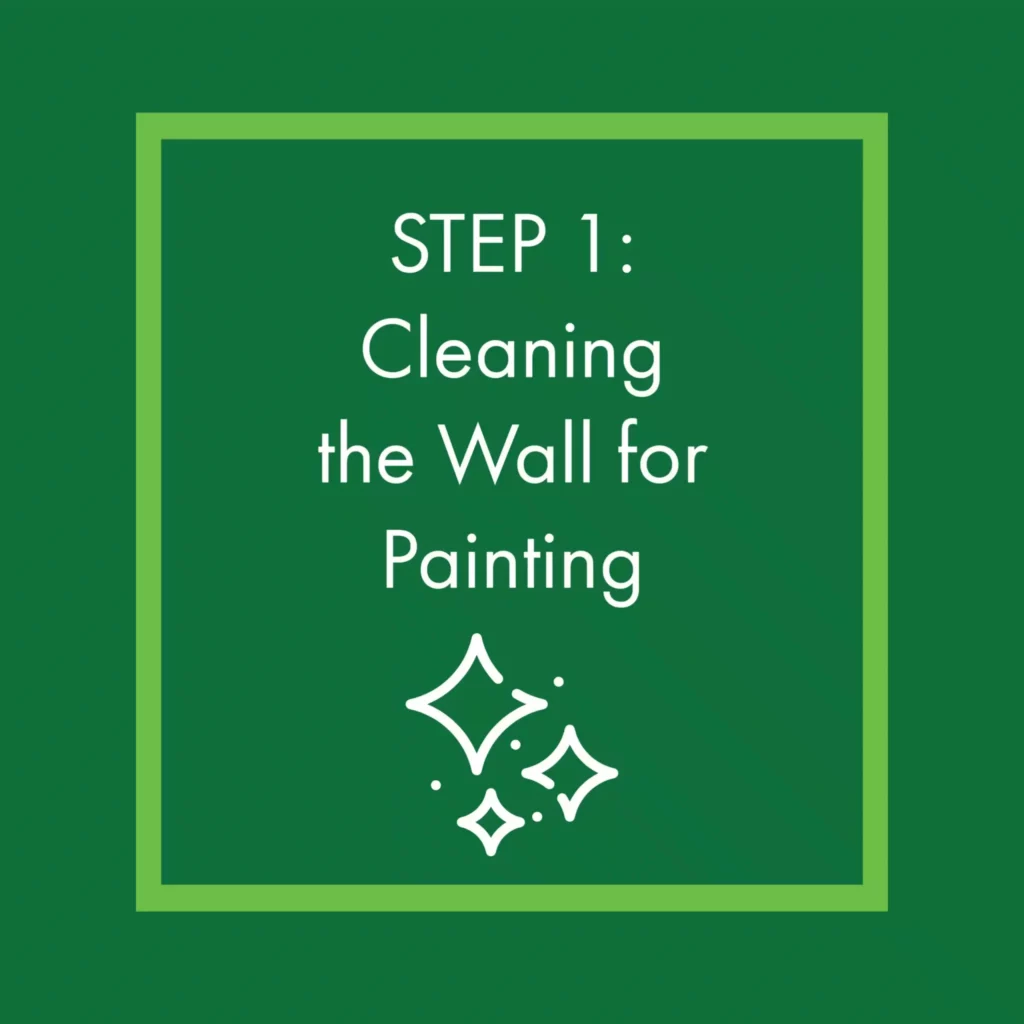
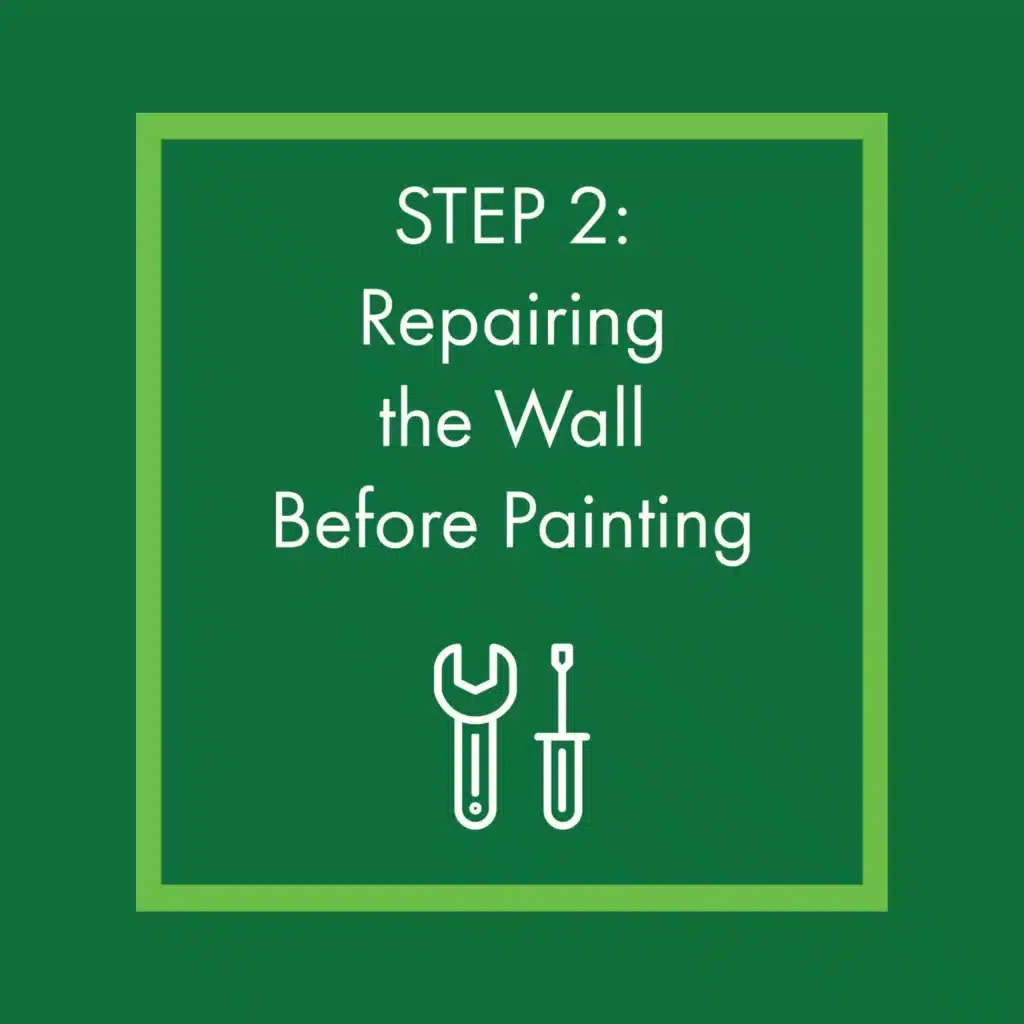
STEP 2: Repairing the Wall Before Painting
As with any home painting job, if the wall has any cracks or damages on it, you need to fix them before painting. To repair Concrete Wall cracks, you must:
- Identify where the cracks are on the wall
- Use a concrete patch paste to fill in the cracks; if on exterior a brick caulking/ masonry caulking will be more than suffice
- Smooth over the area with a putty knife, or trowel if on a flat surface, or simply use your finger if applying masonry caulking on the exterior.
STEP 3: Sealing Concrete Walls
In a situation where you need to combat moisture (in Toronto), you always want to seal the wall. If you don’t, the moisture may get in and ruin the interior paint job. To seal the wall you must:
- Lay a drop cloth/newspaper on the floor to combat spillage
- Pour your sealer into a separate pail and apply to a roller (You can find a guide on how to use a paint roller here)
- Allow drying overnight.
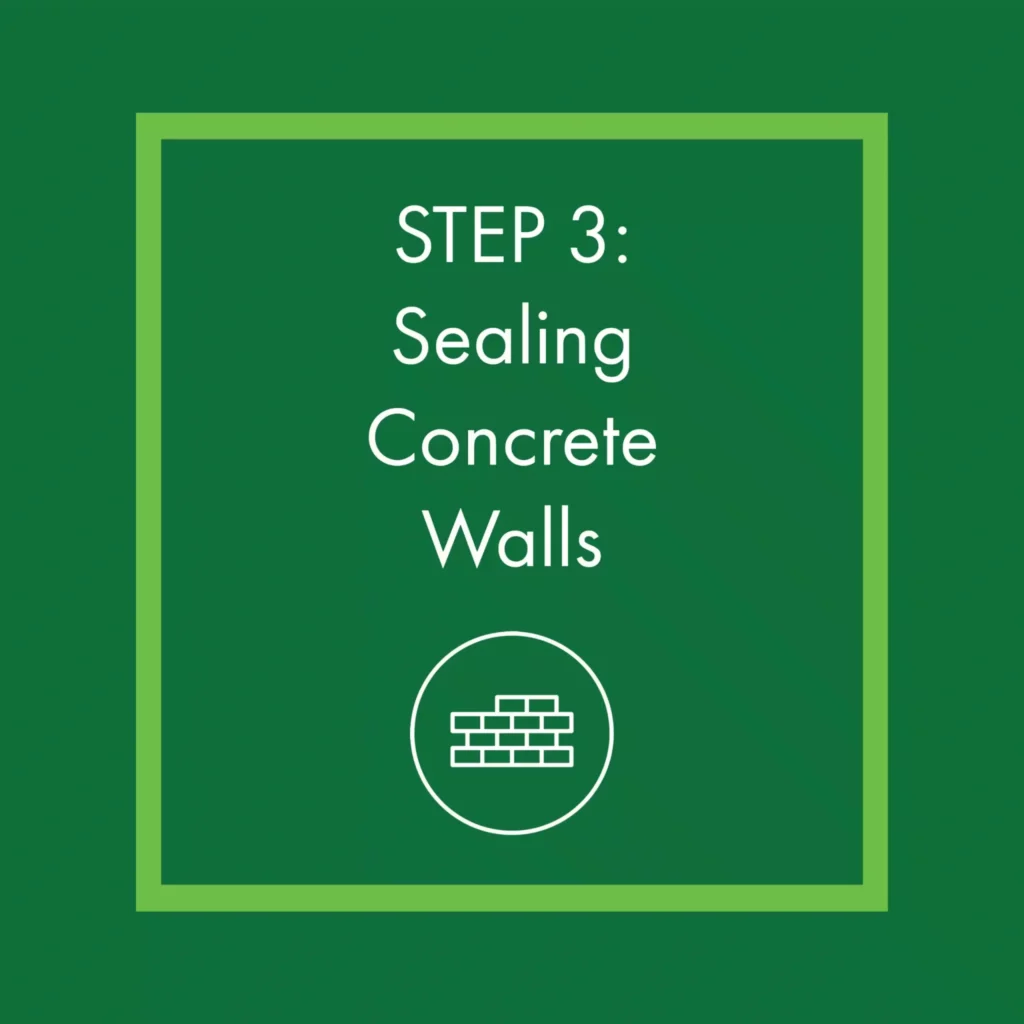
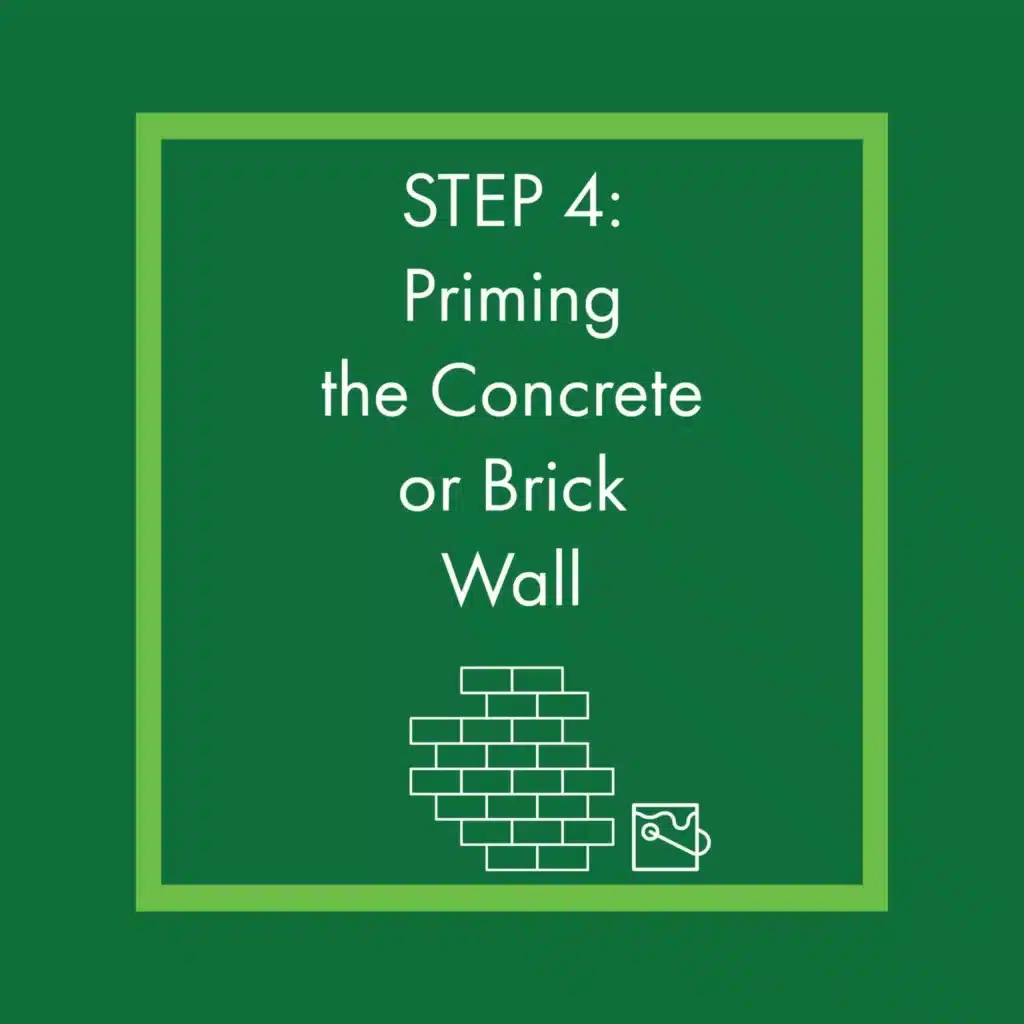
How Long After Washing Walls Can You Paint?
Always check the instructions on the paint you will be using. But the standard time will be 24 hours if you are really unsure.
Others, use a mixture of lukewarm water and mild soap, gently rubbing in a circular motion. Rinse your walls using a slightly damp cellulose sponge. This is the fastest way to clean walls before painting.
What kind of soap to wash walls before painting? Dawn or any dishwashing soap is a great cleaner to use on walls before painting. Besides removing any dirt or dust that may be on the walls, it can help to break down grease. So it’s one of the best options if you need to clean the kitchen walls before painting.
STEP 4: Priming the Concrete or Brick Wall
We’re almost there! Once you have allowed the sealer to dry overnight, it’s time to prime the wall in preparation for the paint job.
Do professional painters wash walls before painting? YES! And it’s even more preferable so that paint goes well when applied.
Can I use dawn to wash walls before painting? Most professional painters make a homemade wall cleaner before painting. They fill up a bowl with a quarter of a cup of baking soda, pour warm water over the top, and apply the solution to the wall with a clean cloth.
- Lay a drop cloth down again
- Roll the primer paint onto the wall in a thin, even coat and let dry for 24 hours.
- If you can see the wall through the primer after letting it dry, apply another coat and let it dry again.
- If on an exterior, there are many good paints and primers 1 that work well with brick walls/concrete walls – Behr and Benjamin Moore both have excellent products for this.
- Roll the primer/ combined paint and primer onto the wall in a thin, even coat.
- On a brick wall, you can also spray it if in a controlled environment. Paint Spray Gun makes it easier to get inside the grout and hard to reach areas.
- Be careful if you are outside though. Spray can travel up to 100s of feet if on a windy day and ruin all areas around it in the process!
STEP 5: Painting the Brick or Concrete Wall
We finally get to paint the wall! By this point, you’ve definitely had enough time to pick out the proper colour/feel that you were going for. When painting a wall, make sure to:
- Lay down a drop cloth (Unless you still haven’t picked it up)
- Make sure you’re using concrete paint, which can be found at any hardware store.
- You can roll the paint on, use a paintbrush, or spray it on.
- Apply the paint in several thin layers, being careful to not leave any paint brush strokes.
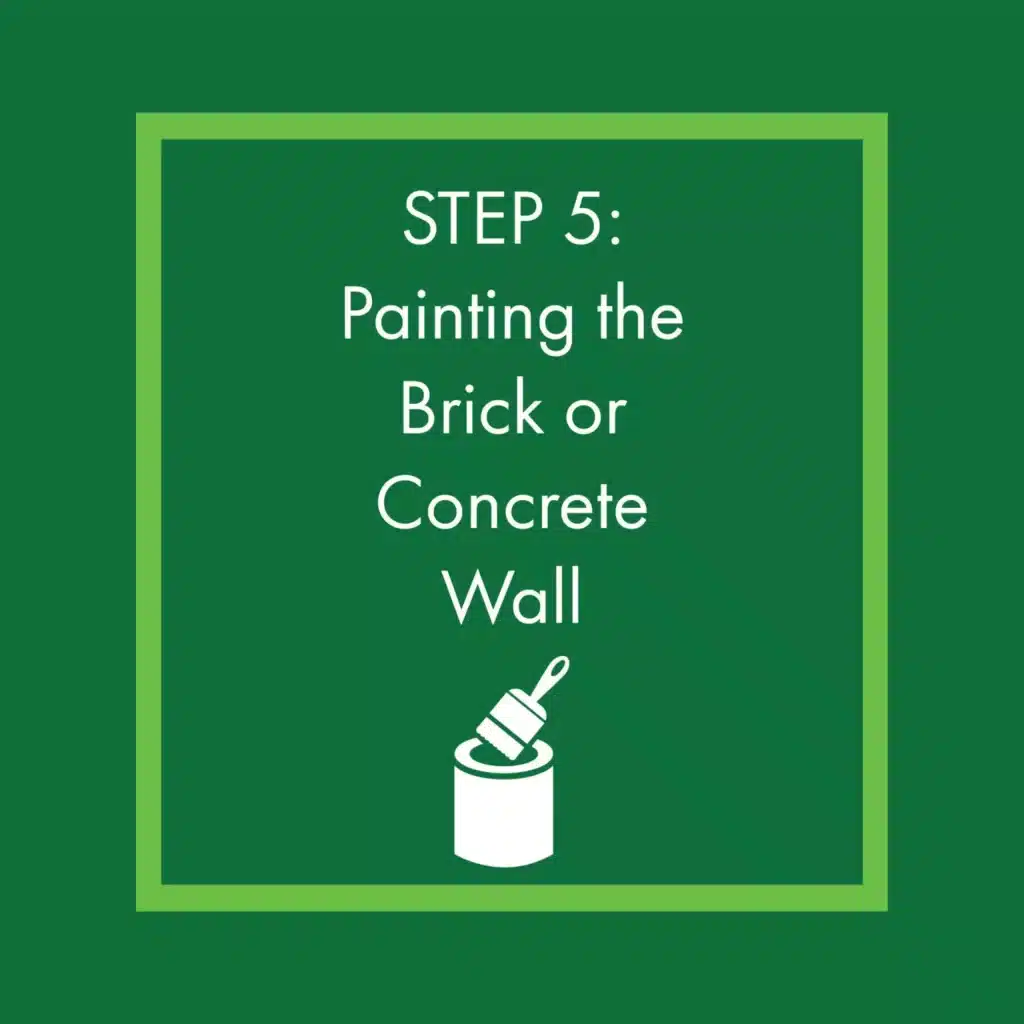
Finally, go over the entire surface with a concrete paint sealer and you are done!
And there you go, your concrete wall has never looked so good (Click here to visit our painted Brick wall pictures)!
If You Aren’t Feeling Up to the Task, However, No Need to Fret!
With over 36 years of experience in home renovations in Toronto and the GTA, Home Painters Toronto can get this job done for you. We are a top-rated painter on HomeStars and are regularly seen on House and Home Magazine’s Media Channel. We also offer a 100% satisfaction guarantee, and are always ready to take care of you!
Top Related Blogs Related to
“how to paint a brickwall and concrete wall”
If you’re thinking of doing some home exterior painting but don’t want to do the work yourself, let our exterior painters help! Even if you are undecided, professional house painters can help you with any problems or questions you may have.
If the work involved sounds like it involves too much time and energy to do yourself, call 416.494.9095 or email [email protected] for a FREE quote. And don’t forget to follow us on all our social channels below as well!



